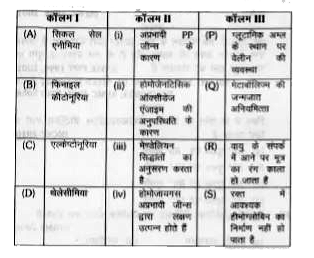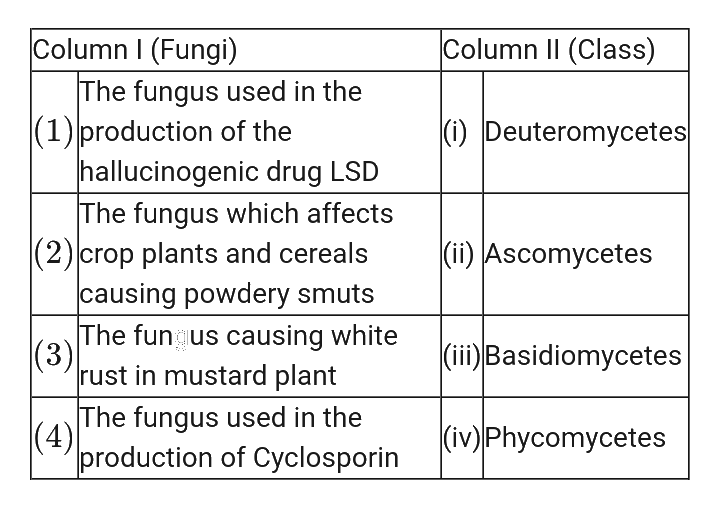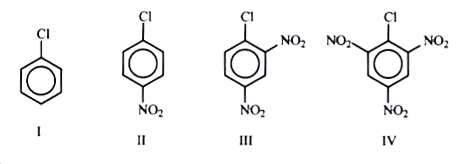கீழ்க்கண்டவற்றுள்சரியானகூற்றைக்கண்டறி. I. ஒரு தாவரத்தின் பொது வடிவம் வளாியல்பு எனக் குறிக்கிறது. II. சிறு செடிகள் மென்மையான தண்டு கொண்ட குறைந்த கட்டைத்தன்மை அல்லது கட்டைத் தன்மையற்ற செடியாகும். III. புதர்ச்செடிகள் தரை அருகிலிருந்து தோன்றும் கட்டைத் தன்மையுடைய பல கிளைகளைக் கொண்டுள்ள பல்லாண்டுவாழ் தாவரங்களாகும்.IV. மெலிந்ததண்டுகளைக்கொண்ட,ஆதாரத்தின் மேல்பற்றுருப்புகளைக்கொண்டுவளரும் தாவரங்கள்கொடிகள்.
(அ) I மற்றும் II
(ஆ) I, II, III மற்றும் IV
(இ) I, II மற்றும் III
(ஈ) II மட்டும்
Topper's Solved these Questions
Similar Questions
காட்டில், மான் கொம்பினால் மரத்தின் பட்டை சேதப்படுத்தப்படும்பொழுது அவற்றைத் தாவரங்கள் எவ்வாறு புதுப்பித்துக் கொள்கிறது.
View Solutionநிணநீரின் பணி யாது?
View SolutionFind: (i) 6412 (ii) 3215 (iii) 12513
View SolutionFind : (i) 932 (ii) 3225 (iii) 1634 (iv) 125−13
View Solution
The basicity order of I, II and III is
View Solution(a) a- i ,b-iii,c-ii (b) a-iii,b-ii,c- i (c) a-ii,b-iii,c- i (d) a-ii,b- i ,c-iii
View SolutionIdentify i, ii and iii
View SolutionMatch the column-
Column IColumn IIA Toxinsi. MorphineB Alkaloidsii. AbrinC Lectinsiii. VinblastinD. Drugsiv. Concanavalin A
ABCDiiiiiiiviiiiiiiviiiiviiiviiiiii
View SolutionSelect the combination that correctly marches the fungi to respective class. {:(,(1),(2),(3),(4)),((I),i,iii,iv,ii),((II),ii,iii,iv,i),((III),iii,ii,i,iv),((IV),iv,i,ii,iii):}
View Solutionகீழ்காண்பவைவற்றுள் எவை முடிவுள்ள கணம் , முடிவில்லாத கணம் என்பதனைக் குறிப்பிடுக {x∈Z:xஎன்பதுபத்தைவிடக்குறைந்தஇரட்டைபடைஎண்}
View Solutionபொருள் எப்பொழுது 'ஓய்வு அல்லது இயக்கத்தில் உள்ளது எனலாம்?
View Solutionकॉलम I, II तथा III को सुमेलित कीजिए

View SolutionI, II and III respectively are
View SolutionSelect the combination that correctly marches the fungi to respective class.

(1)(2)(3)(4)(I)iiiiivii(II)iiiiiivi(III)iiiiiiiv(IV)iviiiiii
View SolutionWhich set of elements is transitional in character ? (i) Fe, Co, Ni (ii) Ru, Rh, Pd (iii) Os, lr, Pt i , ii iii, i iii, ii i , ii, iii
View SolutionOrder of reactivity towards nucleophilic substitution reaction of the compounds
(I) (1) I > II > III > IV
(2) II > I > II > IV
(3) IV > III > II > I
(4) II > IV > II > I
(1) I > II > III > IV
(2) II > I > II > IV
(3) IV > III > II > I
(4) II > IV > II > I
View Solution
